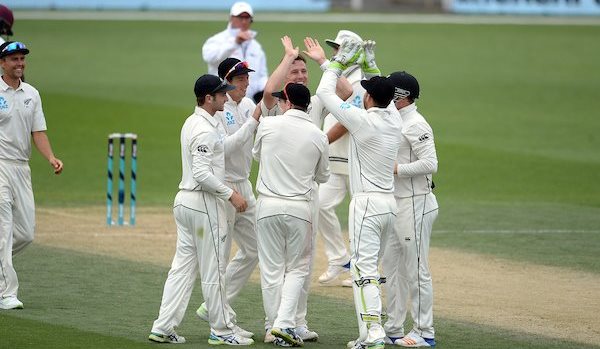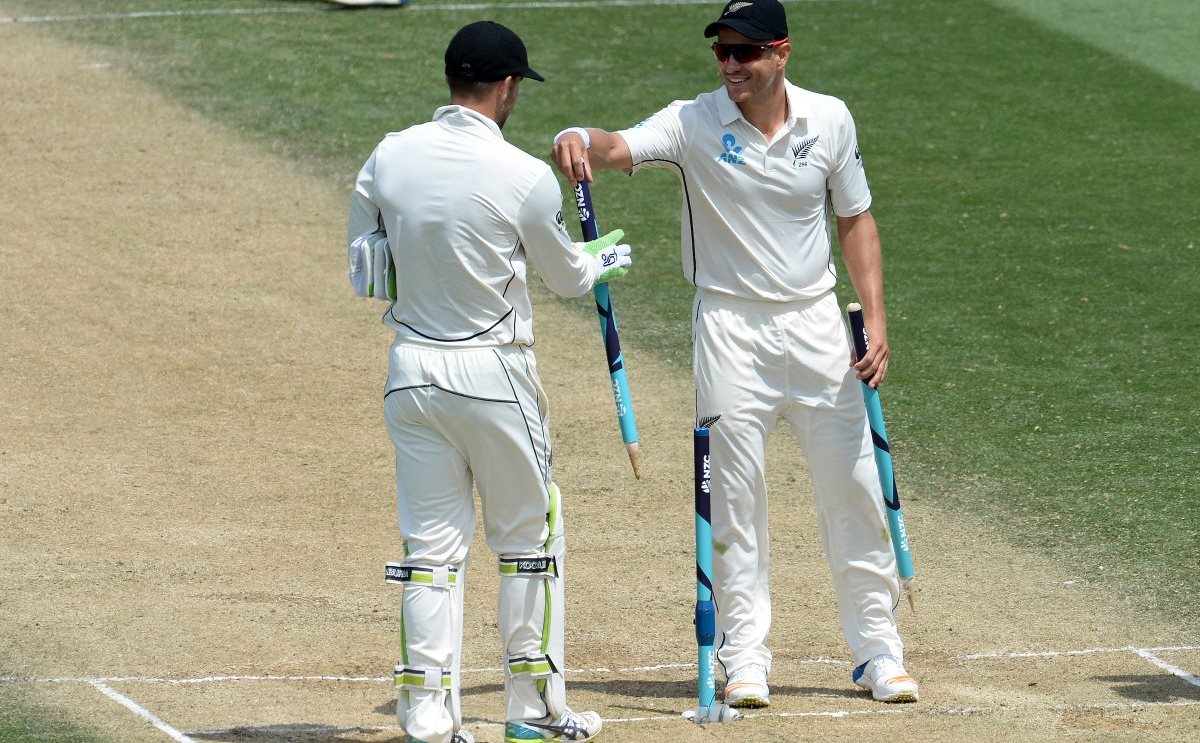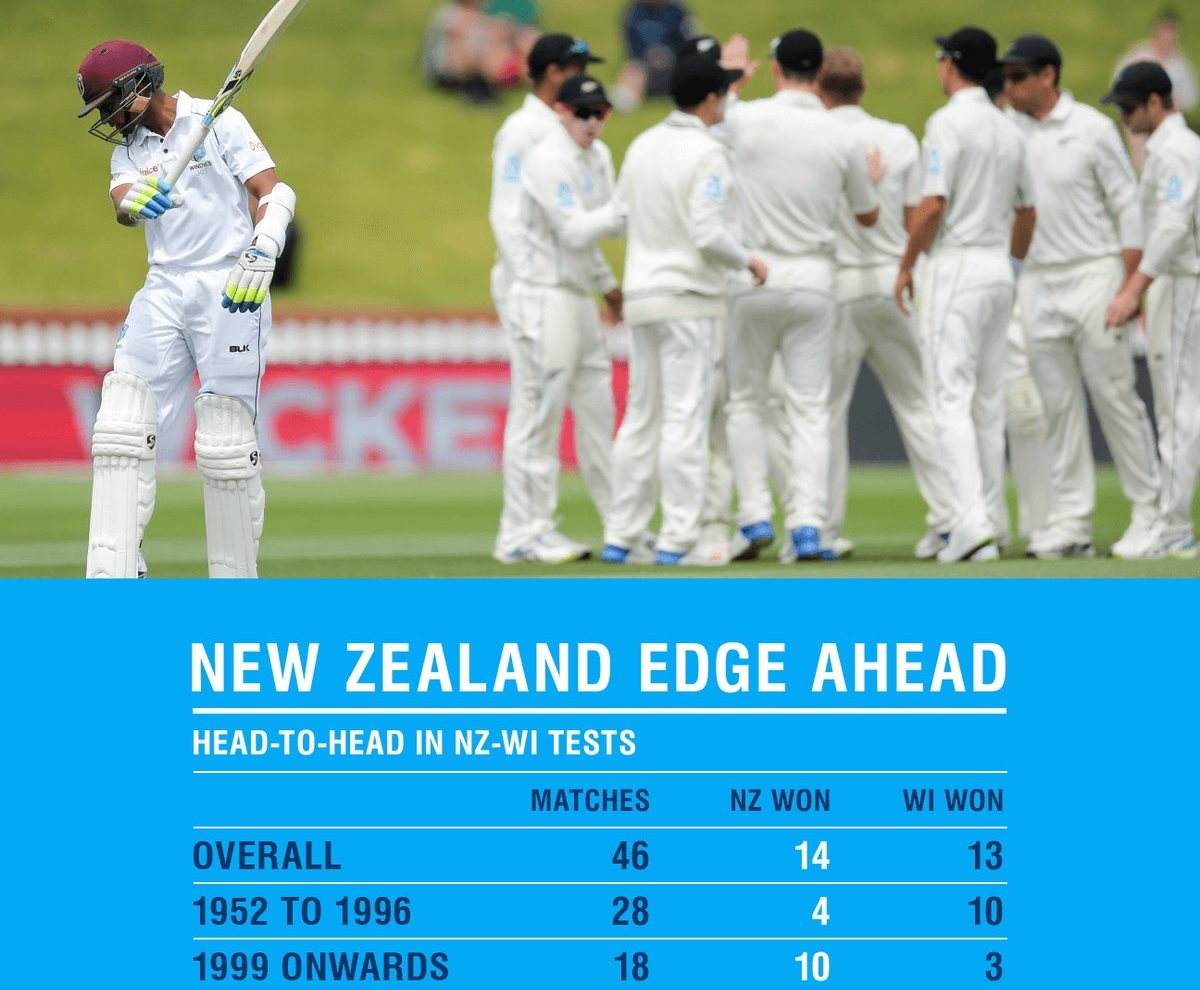Test cricket is a marathon and not a sprint
0The oldest sporting clichés are the best ones. Setting a platform, doing the groundwork, laying foundations, putting in the hard yards etc.
The first test at the Basin will go down as a good one, but not a great one. It had good individual performances for sometimes unlikely players over the first few days, nervous nineties drama gold, a lot of statchat, a fightback from the visitors and then a surprisingly quick finish.
And, in case you missed it, the weather was great.
This test moved along at a rapidly varying speed. The first day produced just 219 runs with 12 wickets falling; the majority of those in a 45 minute period either side of lunch.
On the second day 182 runs scored in the first two session were followed by 180 runs in the last session alone.
That is as good an example as any of the marathon metaphor. The reason that there were so many runs in that final session was because of the pressure applied by the accumulation of runs from Taylor and Nicholls earlier in the day, as well as the platform / foundations / ground work from the openers in the previous evening.
The West Indies bowlers just got tire. The four quicks had toiled away for almost all of the first 100 overs, so it was time to bring on the part-time spinners. And Colin de Grandhomme knows what to do with a part-time spinner.
Then, on the third day, only two wickets fell. This was good news for those covering the match remunerated by the days played. The test was going in the fourth day, and possibly further.
The second innings was no Friday redux for Neil Wagner. Probably the biggest positive the West Indies coaching staff can take from this match is how their batsmen adapted to Wagner’s unique challenges following the first innings procession. They showed an enormously improved technique as well as much needed aggression.
He had conceded 91 runs at roughly 5RPO before getting another a couple of overs later.
The West Indies batted really well for almost three sessions, but they were never totally on top and spent a lot of time ducking and weaving. The pressure started to build on them leading up to the taking of the new ball when Santner, yes Santner, tied them down. He was finally able to nab Braithwaite for 91 just before that new ball and the momentum shifted.
The home side’s tails were up and those couple of wickets before lunch meant that a finish today was always likely. The foundations / ground work of pressure built up over a day coupled with a new ball becoming available at just the right time.
The next wicket fell on the first ball after the interview, and that middle session was all over in three quarters of an hour. So, just like in Brisbane last week, when the tides turn they turn quickly.
More statchat.



